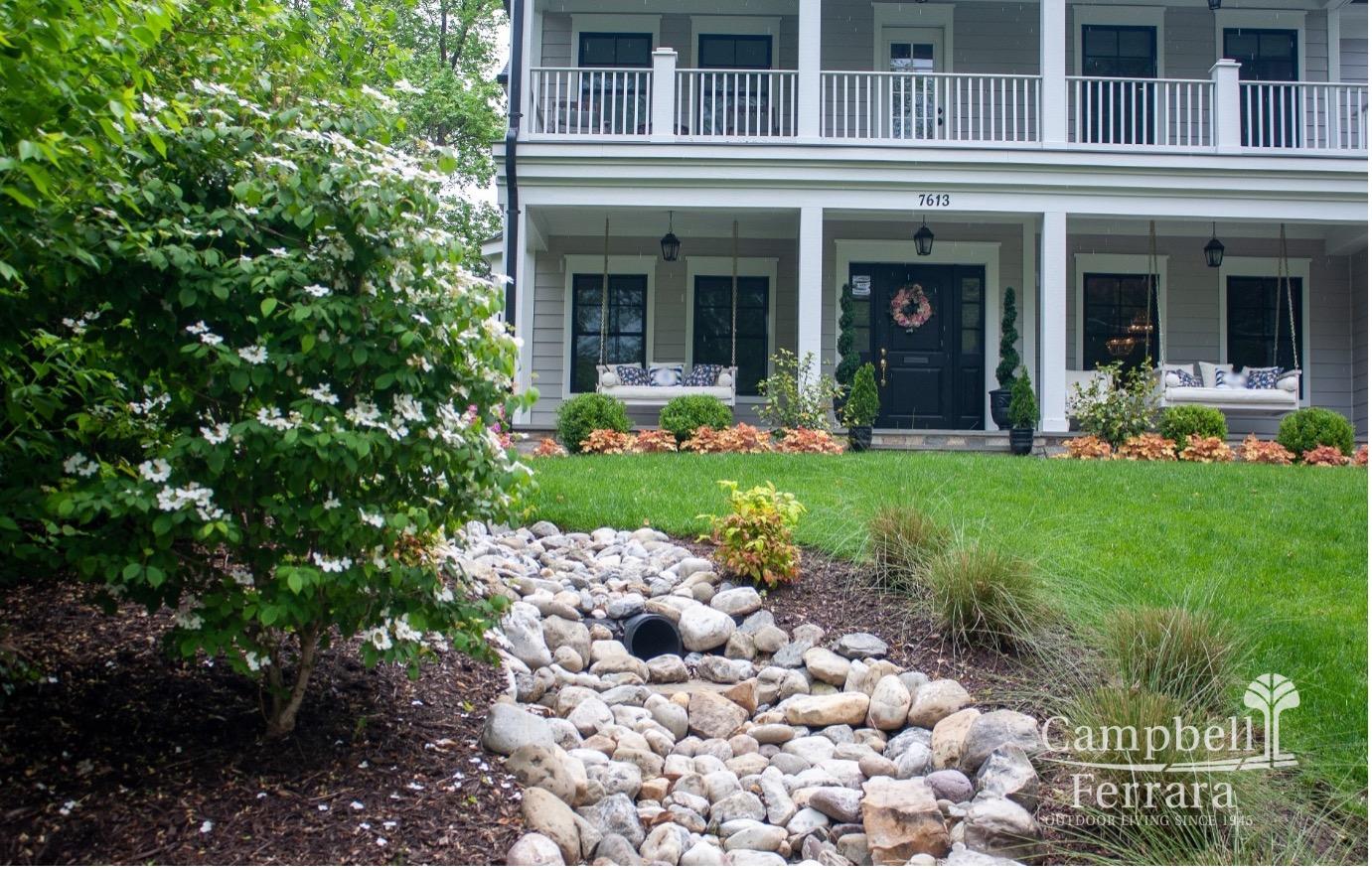
An edible garden is a great way to save on groceries and to develop your own stash of homegrown organic fruits and vegetables. Once you’ve grown your garden though, you may be wondering about the next step – how to maintain your edible garden. Fortunately, maintenance is fairly easy. You just need to develop a strategy and ensure that you are following through throughout the year. By sticking to your strategy, you’ll be able to keep your garden flourishing beneath your green thumb.
Choose Low Maintenance Edibles
If you’re focused on having an edible garden, but just don’t have the time and ability to spend hours per day cultivating your edible garden, then one alternative option is to choose low maintenance edibles. Low maintenance edibles are those that are easy to grow and maintain over the year.
A few examples of the most popular low maintenance edibles that do not require much care and that are also disease resistant include:
- Leafy Greens: arugula, radicchio, kale, parcel
- Vegetables: Asparagus, beets, chard, potatoes
- Herbs: rosemary, oregano, parsley, dill, mint, and chives
- Garlic
- Fruits: blueberries, raspberries, fruit trees
With the options above, you can create a successful edible garden that you don’t need to put a lot of time into maintaining. The main time investment that you are going to need to make is when you initially start the garden. After that, you can simply check on things from time to time and wait for your bounty to grow.
Garden Cleanup
If you have an edible garden that does require some maintenance, then one of the main forms of maintenance is garden cleanup. Garden cleanup includes weeding the garden beds, pruning the plants so that they are at their ideal harvest levels, and prepping the garden beds for the winter months. The prep for winter usually begins in the fall. You’ll want to do a weekly maintenance after the initial clean up to ensure that the garden bed is staying clean and clear for your plants to grow.
Organic Products for Pest Control
Another important element of maintenance includes using organic products for pest control. When thinking of pest control, it is important to realize that not all products are detrimental to the health of your plants. By differentiating between the two, you can choose a pest control option that is going to leave the healthy bugs, while destroying the dangerous ones.
Fortunately, there are also many organic pest control options on the market to help you ensure that your garden remains organic and pesticide-free.
Adding the Right Soil
Lastly, another importance maintenance tip is to create the best soil conditions for edible crops. To do this, you should make sure that your soil has a neutral pH level. Ideally, the pH level should be at 6 or 7. In addition, you should also add organic matter to the soil bed, allow for free-draining, and add earthworms. Through these measures, you’ll be able to develop a garden with excellent results.







Best and simplest gardening information I’ve come upon. Thanks so much!!